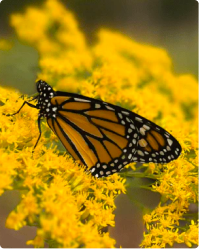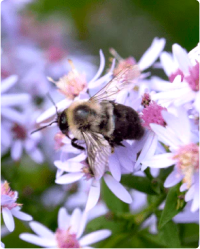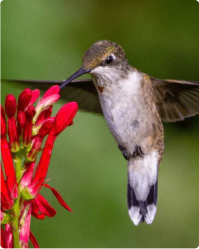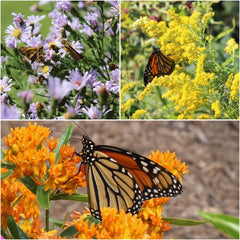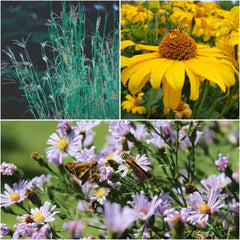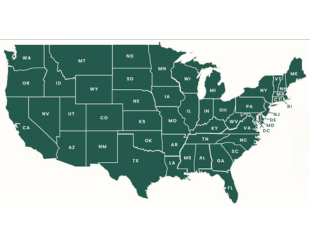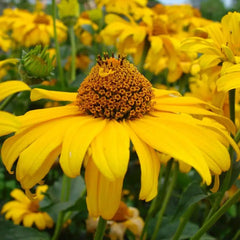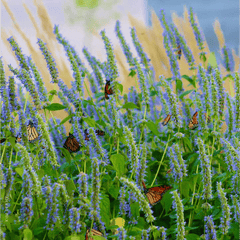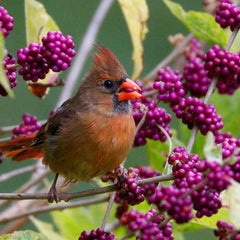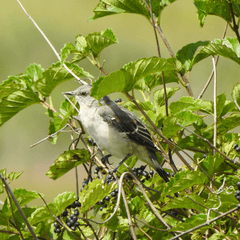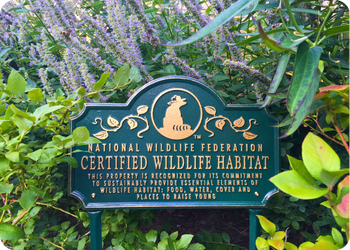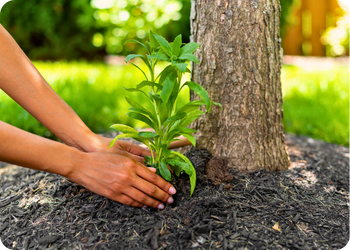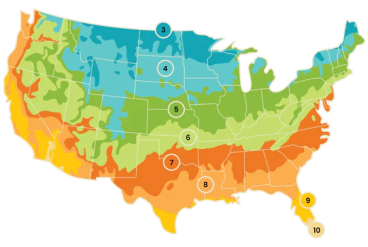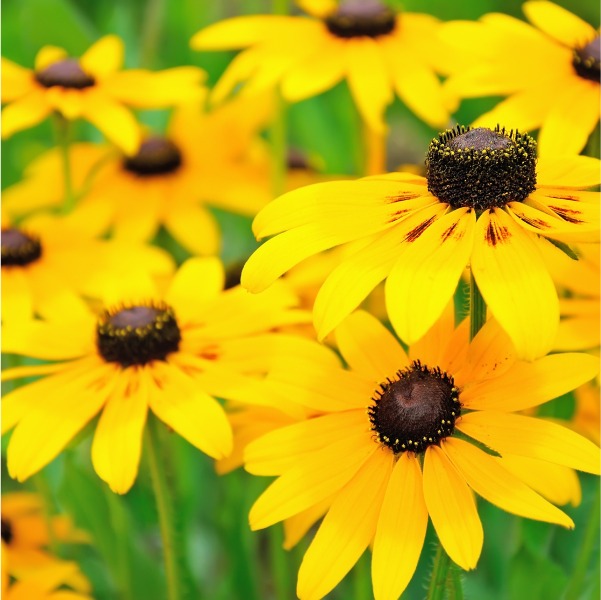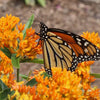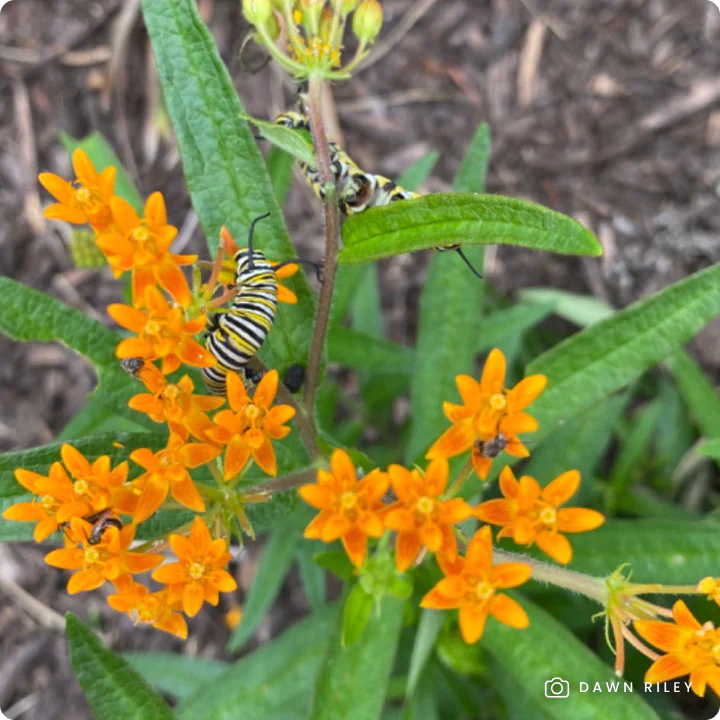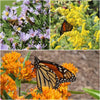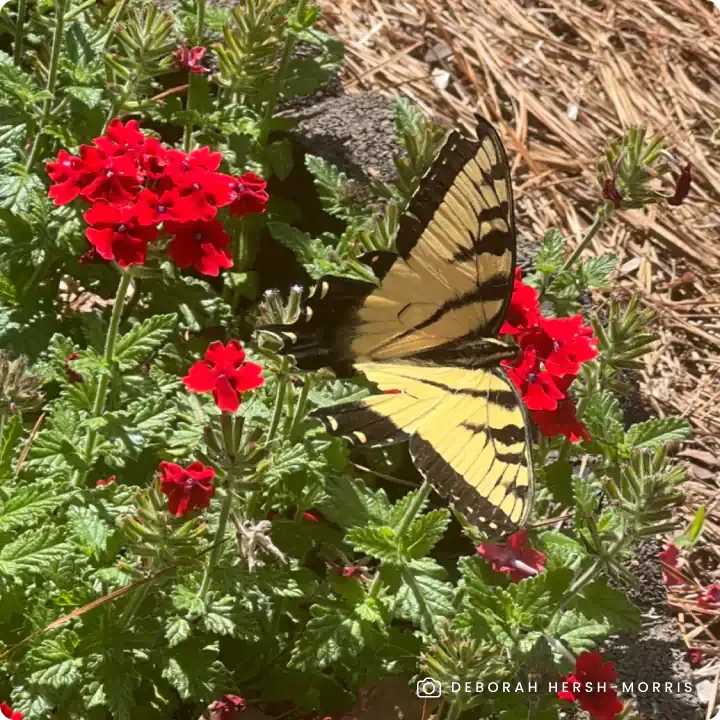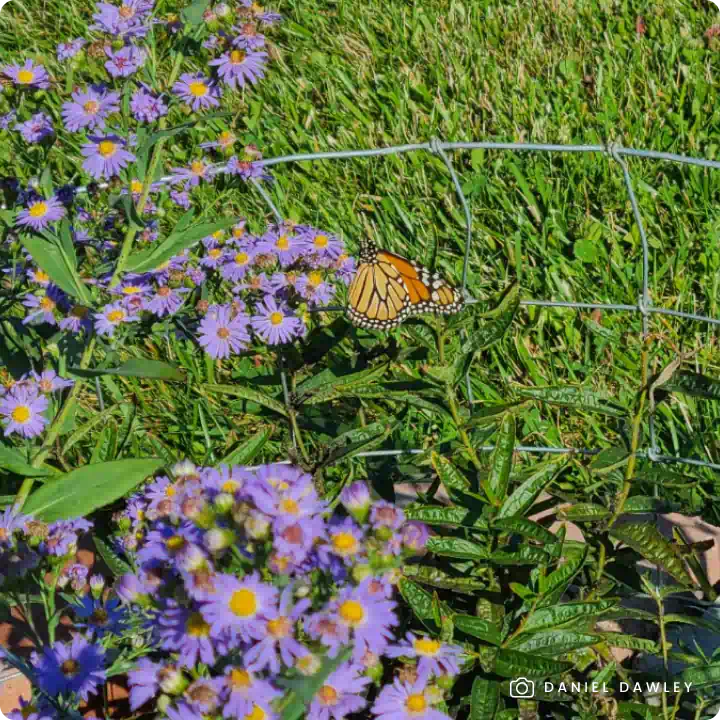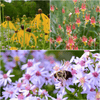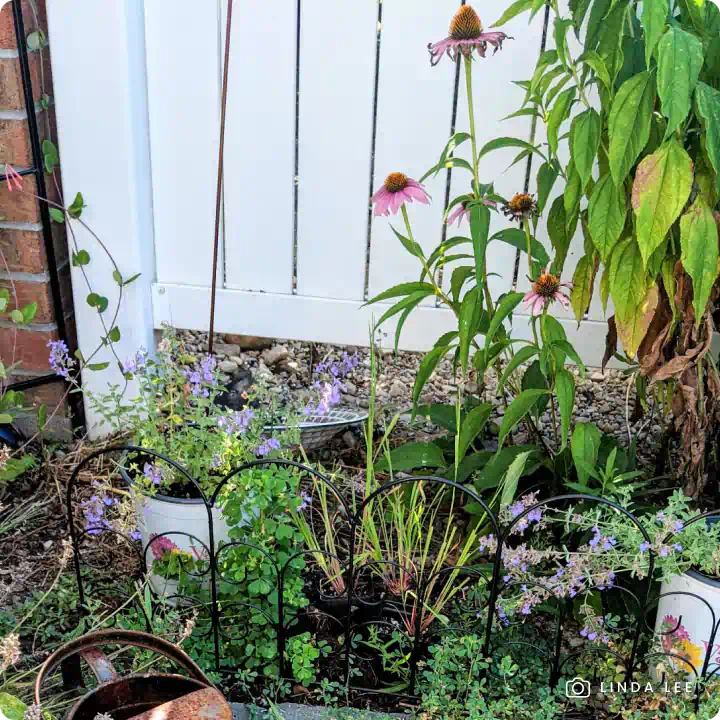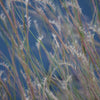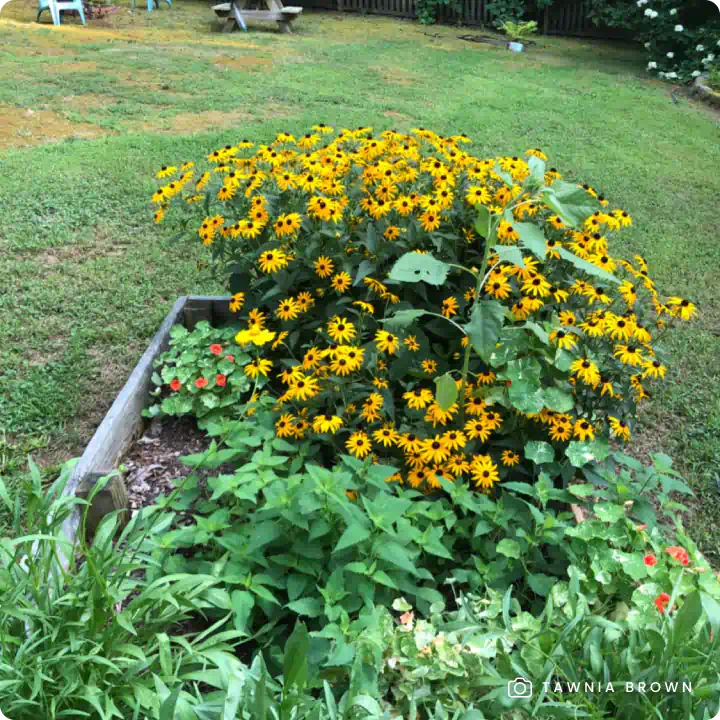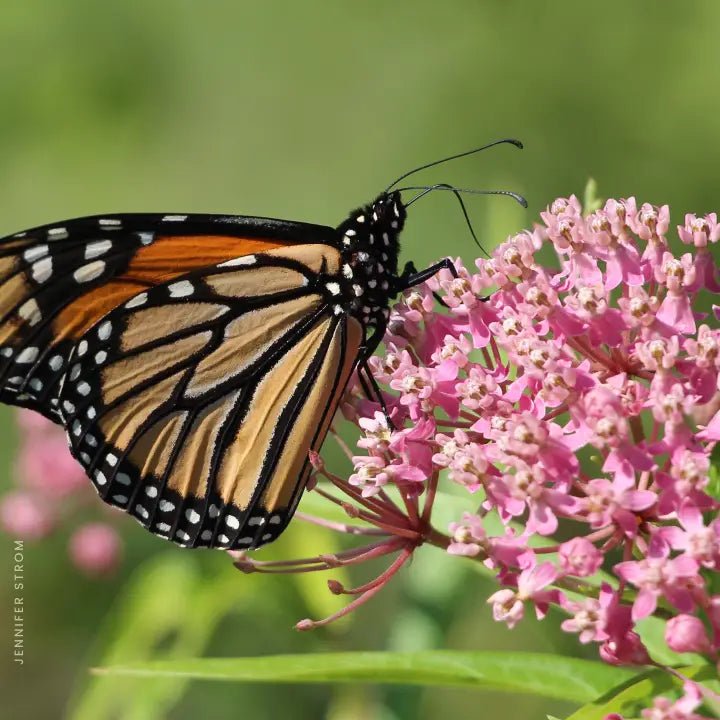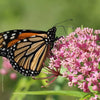Beloved by both pollinators and gardeners, Black-Eyed Susan (Rudbeckia hirta) is a versatile native wildflower that thrives in sunny to partly shady spaces with 3–6 hours of sunlight per day. With its iconic golden-yellow petals and dark, cone-shaped centers, this cheerful perennial creates a welcoming habitat for birds, butterflies, bees, and other wildlife, while adding long-lasting color to your garden.
Key Features:
- Bright and Beautiful Blooms: Golden-yellow flowers with dark centers bring vibrant color to your garden from summer through fall.
- Pollinator Friendly: Attracts bees, butterflies, and other essential pollinators, supporting biodiversity.
- Wildlife Support: Provides nectar for pollinators and seeds for birds, contributing to a thriving ecosystem.
- Low Maintenance: Requires minimal care and water once established, making it perfect for sustainable gardening.
- Deer Resistant: Resilient to deer browsing, ensuring lasting beauty in your landscape.
- Eco-Friendly: Grown non-GMO and free of harmful neonicotinoids, promoting a healthy ecosystem for pollinators and wildlife.
Available in sets of three, six, or 12 plants to fit any garden size.
Why Choose Black-Eyed Susan?
Black-eyed susan is a garden classic that combines beauty, adaptability, and ecological benefits. Its bold blooms attract pollinators while providing a valuable food source for birds in the fall. Perfect for small garden spaces, sunny borders, or naturalized wildflower meadows, this hardy perennial ensures your landscape remains vibrant and wildlife-friendly year after year.
Planting Tips:
- Location: Prefers full sun to part shade with well-drained soil.
- Watering: Water regularly during the first growing season to establish deep roots. Once established, reduce watering frequency.
- Maintenance: Minimal care required. There's no need to deadhead the flowers, as allowing them to go to seed provides a valuable food source for birds. Leaving the stems standing in the fall offers overwintering sites for beneficial insects. If desired, cut back the stems in late spring after pollinators have emerged.
For more information on planting, view our How to Plant Your Native Plants guide and other planting tips in the Garden for Wildlife Learning Center.
Add black-eyed susan to your garden for its cheerful blooms, pollinator appeal, and easy-care nature. This native wildflower is a timeless choice for creating a vibrant, wildlife-friendly landscape.
